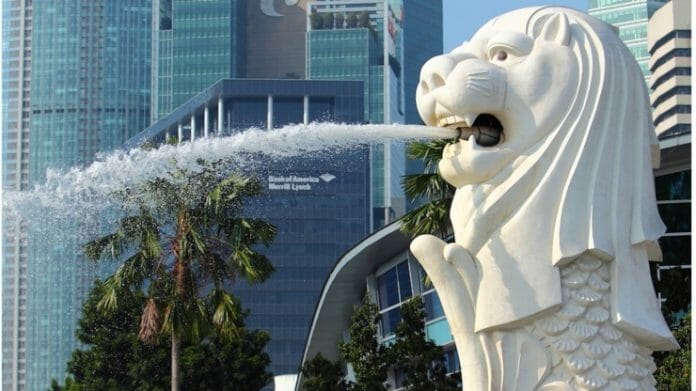Singapore’s core inflation continued on a downward trend and fell to 4.2 percent year-on-year in June, official data showed on Monday (Jul 24).
Core inflation rose to 5.5 percent in February and January this year, a 14-year high, before falling to 5 percent in March and April. It dropped to 4.7 percent in May.
The decline in June largely reflected the lower inflation for food and services, said the Monetary Authority of Singapore (MAS) and the Ministry of Trade and Industry (MTI).
Core inflation excludes accommodation and private transport costs.
Overall inflation eased to 4.5 percent year-on-year in June, down from 5.1 percent in the preceding month.
“This was driven by a decline in private transport inflation, in addition to the fall in core inflation,” said MAS and MTI.
Food inflation eased to 5.9 percent in June from 6.8 percent in May, as prices of non-cooked food and prepared meals rose at a slower pace.
Services inflation fell from 3.9 percent in May to 3.6 percent in June, due to a slower pace of increase in holiday expenses and airfares.
Inflation for retail and other goods edged down to 2.7 percent in June from May’s 2.8 percent. This was because prices of personal care products, as well as medicines and health products, recorded smaller increases, said MAS and MTI.
Electricity and gas inflation decreased to 3.1 percent in June, from 3.3 percent in May, on the back of a smaller increase in electricity costs.
Accommodation inflation also fell – from 4.7 percent to 4.5 percent – as housing rents rose more slowly.
Private transport inflation fell to 5.8 percent in June from 7.2 percent in May, on account of a steeper drop in petrol prices and a smaller increase in car prices.
OUTLOOK
Global supply chain frictions, energy, and food commodity prices have moderated, said MAS and MTI.
“Consumer price inflation in Singapore’s major trading partners have also been on an easing trend. As a result, prices of Singapore’s imported goods continue to decline in year-on-year terms,” they added.
Locally, unit labour costs are expected to rise further in the near term, although at a slower pace.
Businesses are likely to continue passing through higher labour costs to consumer prices, but more gradually amid the slowdown in domestic economic activity, said the authorities.









